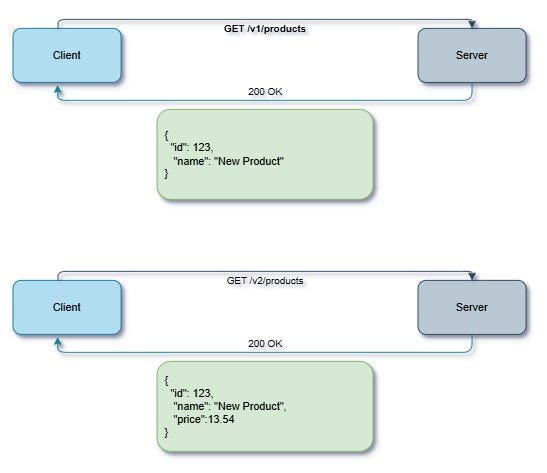Member-only story
How to Partition Existing Tables in PostgreSQL for Better Performance.
My article is for everyone! Non-members can click on this link and jump straight into the full text!!
This article is a continuation of our Generate Millions of Records in PostgreSQL series, where we discussed how to generate millions of records in PostgreSQL. This is the third part of the series. Ah, I just remembered mentioning the second article, Optimizing SQL Queries with Materialized Views!
Managing large amounts of data efficiently becomes crucial in any growing application. As the size of your tables increases, query performance tends to degrade. This is where partitioning in PostgreSQL can come to the rescue, helping optimize data management and improve query performance. In this article, we’ll dive into partitioning a PostgreSQL table.
In this article, we will see how to partition an existing table. While it may be a bit complex, once you understand it then creating a partition table at the creation of a table is easier.
What is Partitioning?
- Partitioning is dividing a large table into smaller, more manageable pieces, known as partitions.
- Each partition can be optimized for storage, retrieval, and maintenance, leading to performance improvements in query execution, especially…


